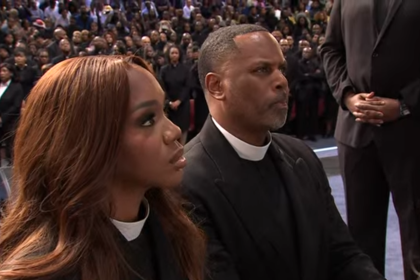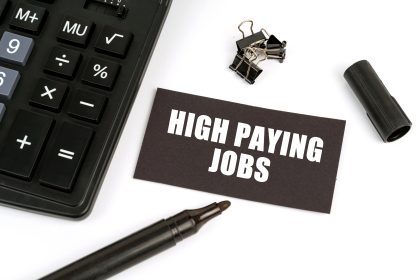In the fabric of our existence, the future is not some distant, separate entity; it’s intricately interwoven within our narratives. Each narrative strand we spin, each word we choose, bears the latent power to mold the trajectory of our lives. Writing our future transcends the mundane strokes of a pen or the clicks of a keyboard; it’s a conscious, intentional endeavor—a canvas upon which we paint our dreams, articulate our aspirations, and carve the map for our forthcoming journey.
The stories we narrate to ourselves, through the medium of words, carry a profound significance. They’re not just anecdotes or fleeting thoughts; they are blueprints that sculpt the contours of what’s to come. With each sentence meticulously crafted, we engage in an act of not only expression but also of creation—a manifestation of our deepest desires and a deliberate navigation toward the horizon of possibilities.
Why does writing about your future matter?
At the heart of it, writing your future is an exercise in clarity. It’s about transforming abstract ideas into tangible concepts. By articulating your aspirations, goals, and dreams, you crystallize them into a concrete vision. This clarity acts as a guiding light, illuminating the steps you need to take to bring your future into existence.
When you put words to your aspirations, you are not just narrating a story; you’re creating a blueprint for success. The process forces you to confront your desires, evaluate your passions, and outline the necessary actions to achieve them.
The power of visionary expression
The significance of writing your future lies in its transformative power. It’s not confined to the physical act of jotting down thoughts but extends to the mental and emotional realms. When you write about your future, you immerse yourself in a space where imagination meets reality.
Visionary expression through writing allows you to:
1. Clarify goals: Writing brings focus. It separates wishful thinking from well-defined objectives. Whether it’s personal development, career aspirations, or life milestones, the act of writing forces you to articulate and refine your goals.
2. Boost motivation: The written word carries energy. When you see your aspirations on paper, it fuels your motivation. It becomes a reminder of what you’re striving for, igniting a sense of purpose and determination.
3. Create accountability: Putting your intentions in writing creates a sense of commitment. You hold yourself accountable for what you’ve penned down, making it more likely that you’ll take the necessary steps to achieve your envisioned future.
Crafting your future narrative
How can one effectively write their future? It begins with a simple yet profound exercise:
1. Start with visualization: Close your eyes and envision your ideal future. What does it look like? What accomplishments have you achieved? How do you feel? Let this mental image guide your writing.
2. Be specific: Avoid vagueness. Outline precise goals and objectives. Whether it’s a career milestone, personal growth, or a dream destination, articulate the details to make your vision tangible.
3. Use present tense: Write as if your envisioned future is happening now. This technique, often termed as “future pacing,” helps in creating a sense of immediacy and belief in the possibility of your aspirations.
4. Revisit and revise: Writing your future is an evolving process. Regularly revisit your written vision, update it as needed, and celebrate the milestones you’ve achieved.
In a world filled with distractions and uncertainties, writing your future provides an anchor — a compass guiding you towards your desired destination. It’s an act of empowerment, allowing you to take control of your narrative and steer your life in the direction you envision.
The simple act of writing can be the catalyst for profound change. So, pick up that pen or open that document. Start writing your future today, and watch as the words you craft pave the way for the life you desire.
Remember, your future is not just something that happens; it’s something you create.
This story was created using AI technology.
















